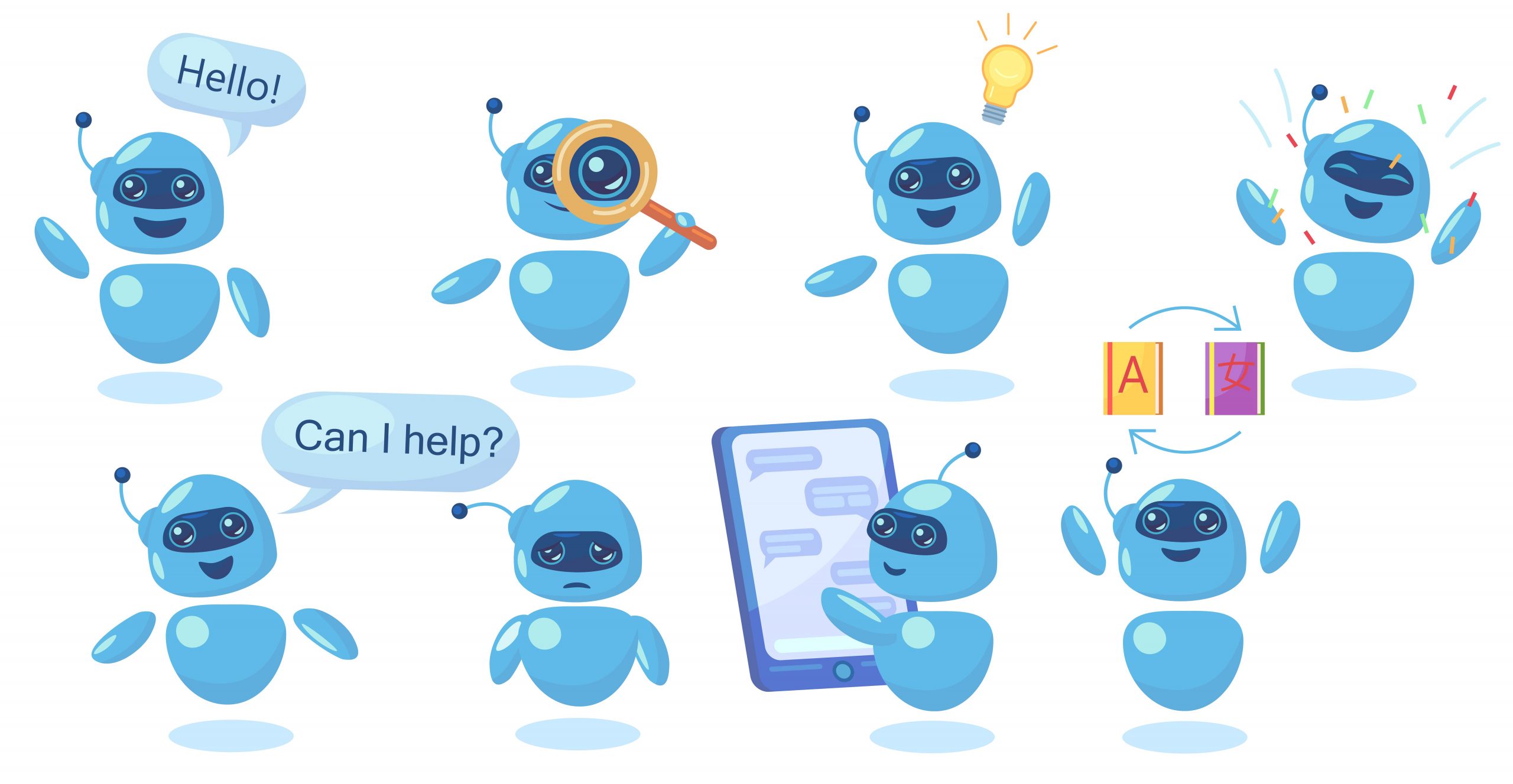Beyond ChatGPT: How to Maximize Its Use with Interactive Graph ...
In the fast-changing field of artificial intelligence (AI), OpenAI's ChatGPT has emerged as a powerful tool for natural language processing and comprehension. To fully realize its potential across multiple domains, merging ChatGPT with interactive graph models can considerably improve its capabilities. This integration not only broadens the scope of information retrieval and context management, but it also enables ChatGPT to provide more intelligent and contextually aware responses.
Understanding ChatGPT and Interactive Graph Models
Before delving into the synergies between ChatGPT and interactive graph models, it's important to understand what these models are:
Integrating ChatGPT with interactive graph models opens several characteristics that improve its utility and efficacy in various applications:
- Knowledge enrichment and contextual understanding:
- Dynamic Knowledge Retrieval: ChatGPT can obtain relevant information in real-time from knowledge graphs in response to user questions. This capability ensures that responses are both accurate and contextually rich.
- Context Management: Graph architectures can preserve the context of ongoing interactions. Nodes can represent previous interactions, current subjects of conversation, or user preferences, allowing ChatGPT to create logical and tailored responses across long talks.
- Multi-modal Integration:
- Enhanced reasoning and inference:
- Graph-Based Reasoning: Using graph neural networks, ChatGPT can execute complex reasoning tasks. It traverses structured graph data to infer associations, make logical conclusions, and handle complicated questions.
- Probabilistic Reasoning: Graphical models that work with ChatGPT can manage uncertainty and probabilistic reasoning. This competence is critical in decision-making situations where probabilistic consequences must be evaluated.
- Real-time Updates and Feedback Loops:
- Adaptive Learning: Interactive graph models enable real-time modifications based on user input and external data sources. This guarantees that ChatGPT's knowledge base is current and useful.
- Feedback Integration: Adding user feedback to graph models enhances the accuracy and relevance of ChatGPT responses over time. Changing node weights or edges depending on user interactions improves the learning and adaptation processes.

Practical Applications of Integration
Integrating ChatGPT with interactive graph models offers up a plethora of practical applications across numerous areas:
- Individualized Assistants: Create intelligent virtual assistants that can understand complex user queries, get individualized information from knowledge graphs, and tailor responses to ongoing interactions.
- Educational Tools: Create interactive learning environments in which ChatGPT assists students by explaining, answering questions based on graph-based knowledge, and giving tailored learning paths.
- Customer Support: Use ChatGPT in customer support systems where interactive graph models store customer profiles, service history, and product information. This configuration allows ChatGPT to provide targeted support and troubleshooting assistance.
Maximizing the Use
To maximize the use of ChatGPT with interactive graph models, consider the following implementation factors:
- Scalability: Ensure that graph-based systems can manage enormous amounts of data and interactions while maintaining performance.
- Design: Design a seamless interface between ChatGPT and graph models to ensure smooth data flow and effective information retrieval.
- Ethical Considerations: When incorporating user-specific information into graph models, consider privacy problems and ensure ethical data use.

The combination of ChatGPT with interactive graph models provides a substantial improvement in AI-powered capabilities. ChatGPT goes beyond basic natural language understanding by using graph-based knowledge representation to provide intelligent, context-aware responses across a wide range of applications. As artificial intelligence advances, combining ChatGPT with interactive graph models has the potential to open up new horizons in tailored user experiences, informed decision-making, and adaptive learning systems.




















